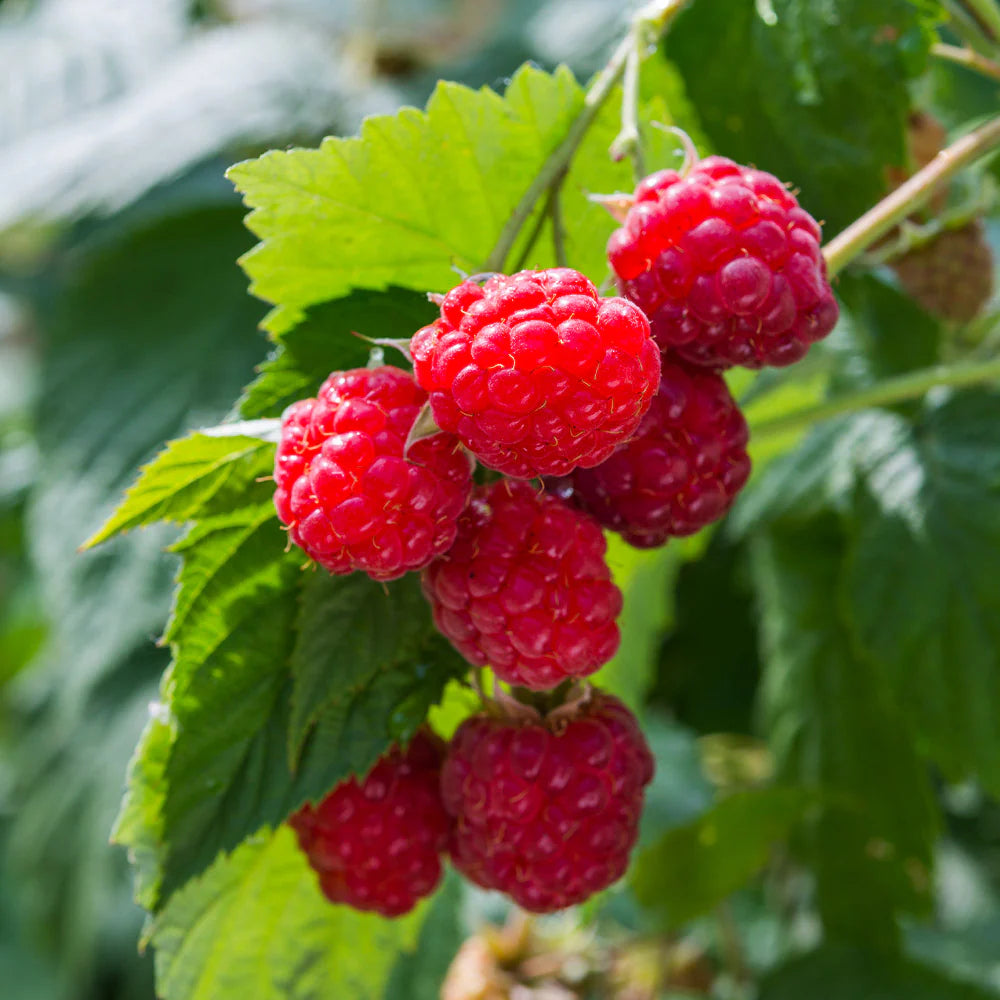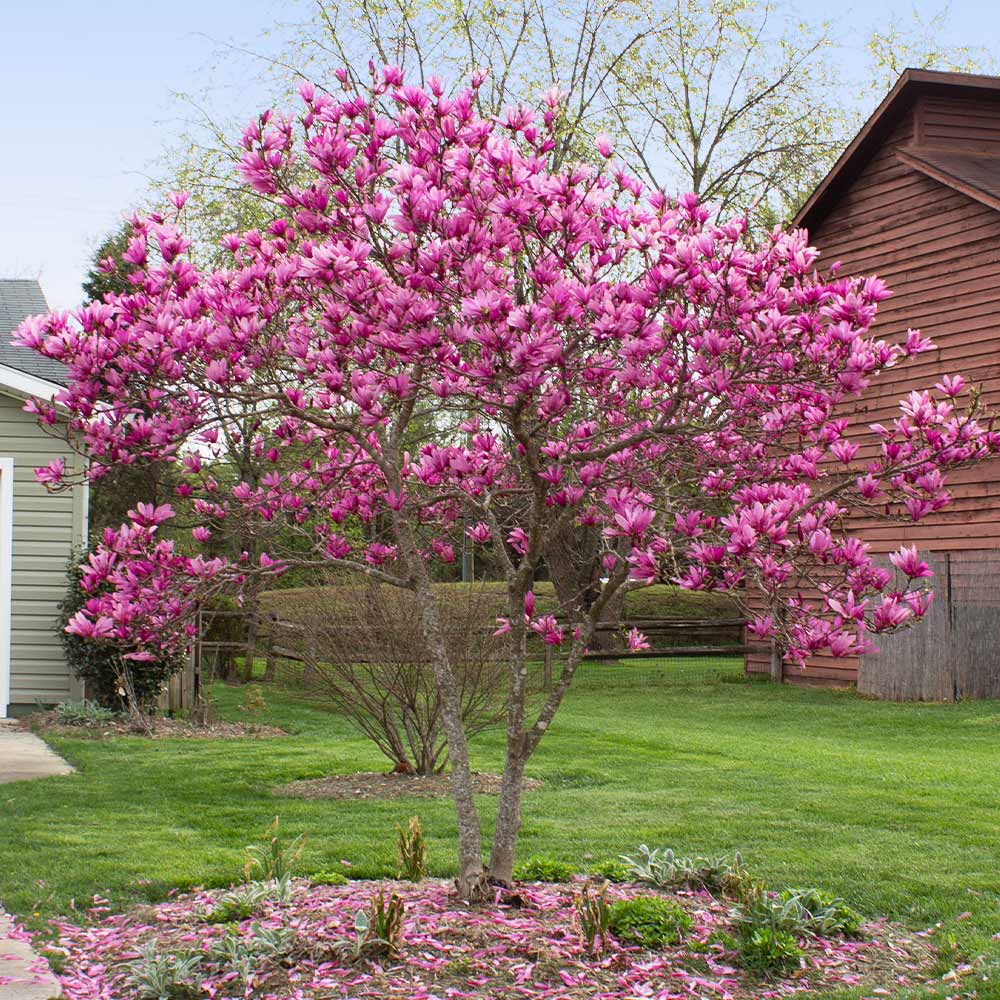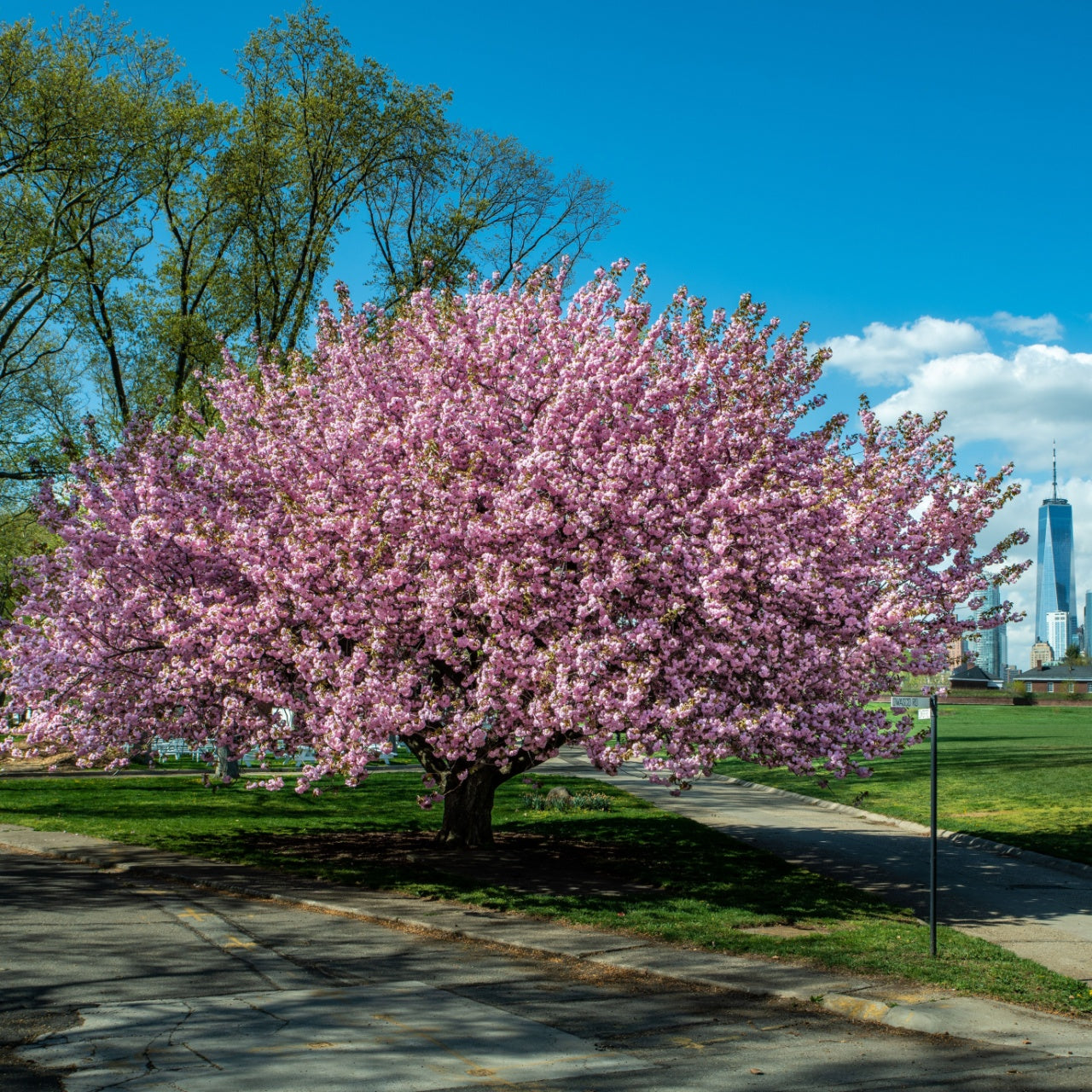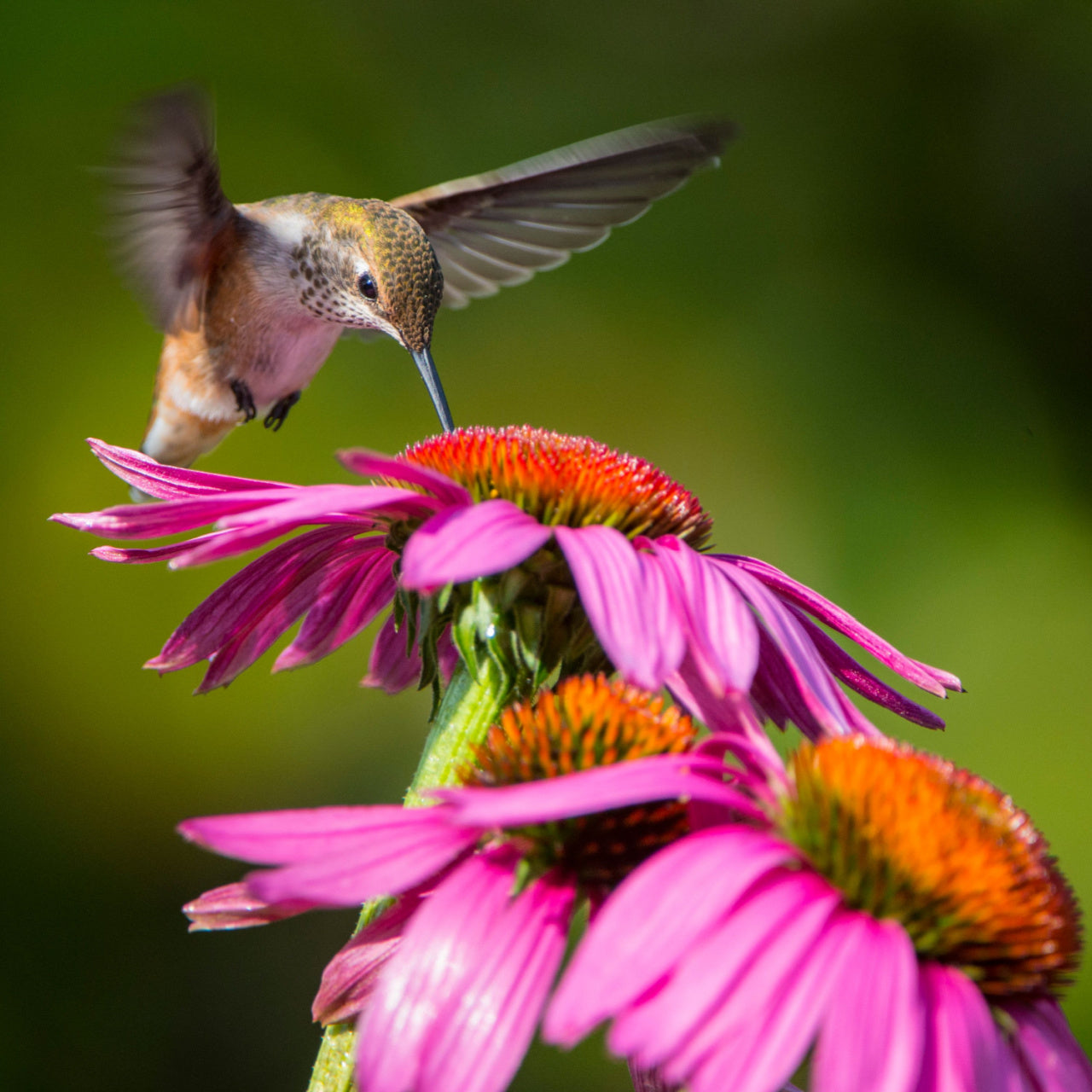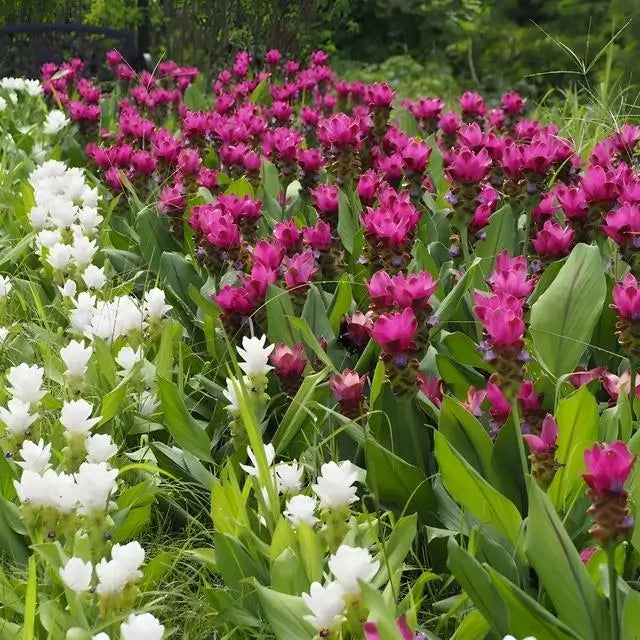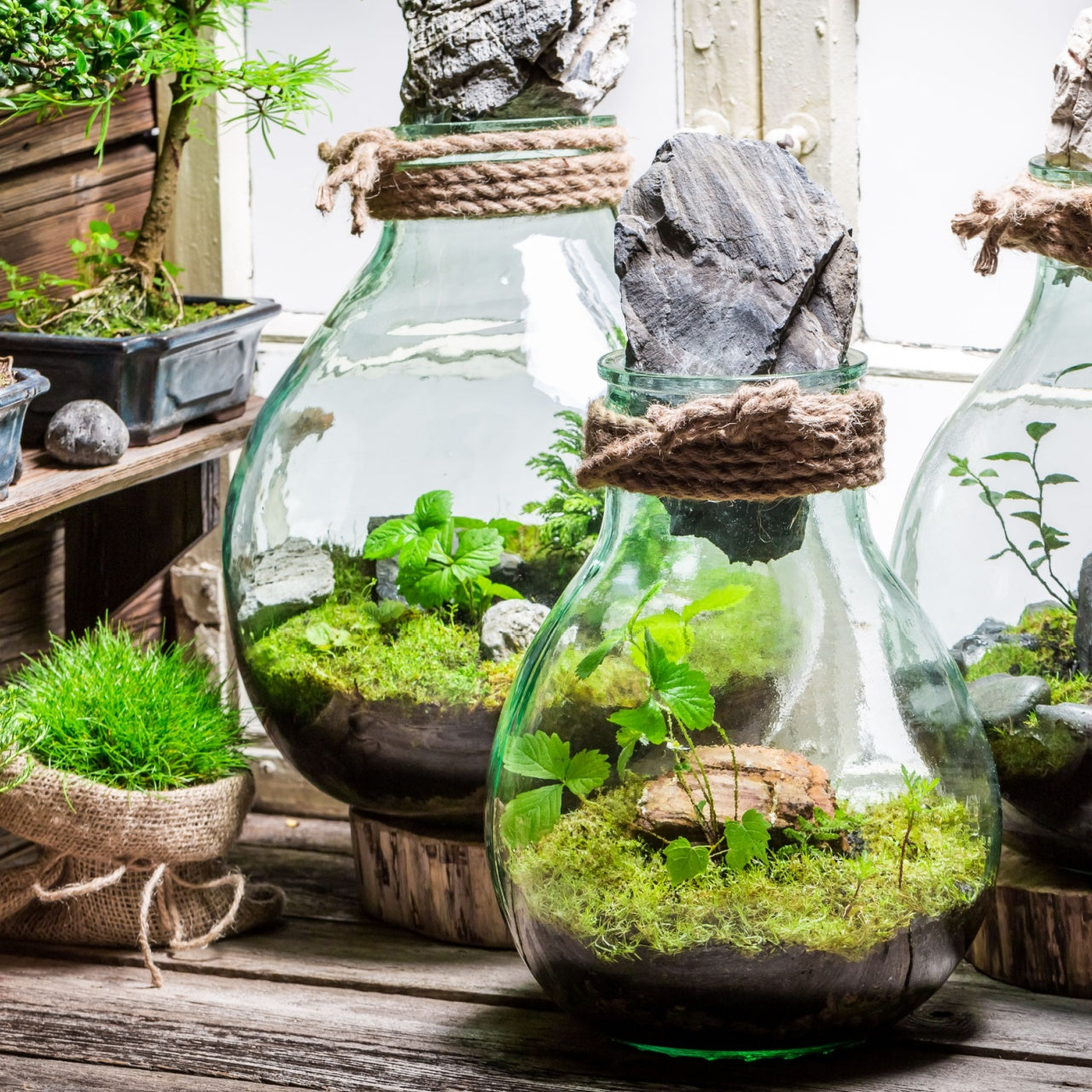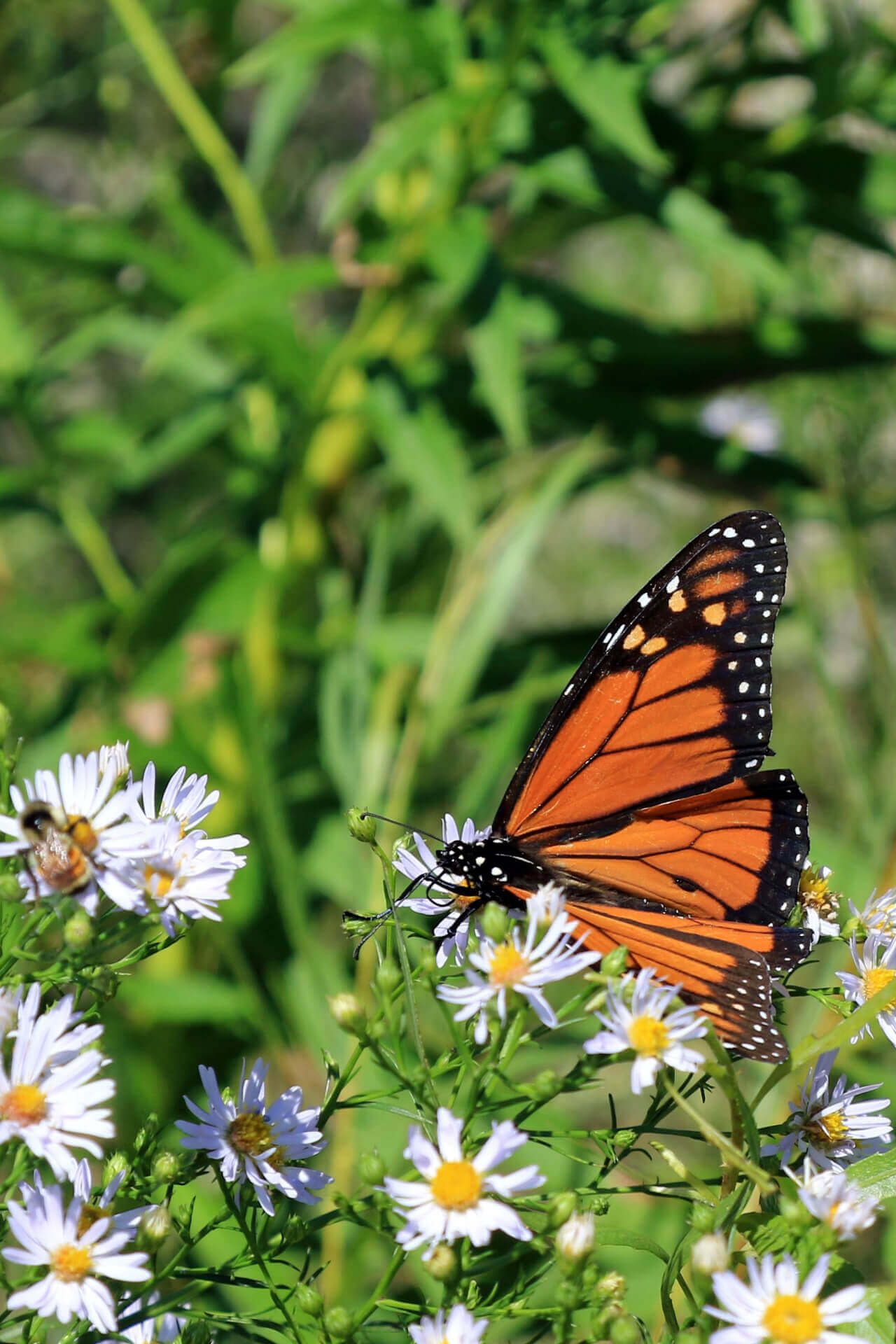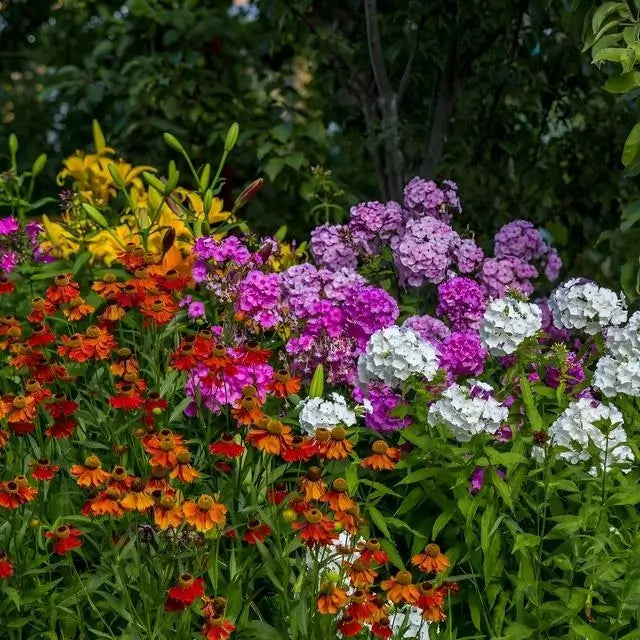



Dandelion Plant
Thrives in Zones 3-9
Supports pollinators like bees
Improves soil structure over time
Attracts beneficial insects for gardens
Ships in
7-10 DaysThis Is How Your Plants Will Look upon Delivery

Bloom Season
Summer
Bloom/Foliage Color
Yellow
Height at Maturity
Under 12"
Care
Dandelion plants are hardy and adaptable. Water often to keep the soil consistently moist. They flourish in well-drained dirt but can handle a range of conditions. Regularly remove weeds around them to ensure they get enough nutrients. Harvest leaves when young for the best taste.
Plant Reproduction
Dandelion Plant spreads by seeds and by new shoots from roots or root segments
How to Grow and Care for Bare Root Perennials, Tubers, and Bulbs
Bare root perennials, tubers, and bulbs are an easy and economical way to jumpstart your garden with lasting beauty. These dormant plants should be planted in early spring or fall while the soil is cool and workable. Before planting, soak bare roots in water for 1–2 hours to rehydrate them. Choose a location based on the plant’s light needs—most flowering types prefer full sun, while others thrive in partial shade.
For bare root perennials, dig a shallow hole and spread the roots out naturally, ensuring the crown is level with the soil surface. For tubers and bulbs, plant with the pointed side facing up at a depth about two to three times their height. Cover with soil, gently press down, and water thoroughly.
Keep soil consistently moist (not soggy) until new growth appears. Add mulch to retain moisture and suppress weeds, but avoid covering the crown or bulb tops. Once established, these plants require little maintenance—just seasonal watering, occasional dividing, and deadheading or pruning as needed. With proper care, they’ll return and thrive year after year.
Shipping date depends on the date displayed and chosen when you order from the product's page.
We do not accept returned plants. If you purchased an extended warranty we do accept claims, please navigate to the warranty page for instructions HERE





.png?v=1722104800928)
Edible and Nutritious:
Both the leaves and roots of dandelions are edible and packed with nutrients. They can be used in salads, teas, and other recipes, offering a healthy addition to your diet.
Enhances Soil Health:
Dandelions have deep taproots that help break up compacted soil and improve its structure. They also bring nutrients from deeper layers of soil to the surface, benefiting nearby plants and enhancing overall soil quality.
Bright and Joyful Blooms:
Dandelions offer vivid yellow flowers that bring a joyful and lively touch to any garden. Their sunny appearance can enhance the beauty of your outdoor area.
Easy to Grow:
Dandelions are extremely resilient and need minimal care to flourish. They thrive in diverse soil types and conditions, making them ideal for gardeners of all experience levels.
Dandelion Plant | Taraxacum
The Dandelion is a fascinating plant with a rich cultural history. It is particularly irritating to lawn owners in American suburbs. Dandelion is native to Europe and Asia, and it's believed it was introduced to the United States via the Mayflower, where people brought it for its medicinal uses.
The plant is actually a non-native in North America, but has become naturalized across much of the United States and Canada where it is classified as an invasive species only in Alaska and Oregon. The fluffy, yellow blooms are undeniably gorgeous, and can be found growing just about anywhere – truly, anywhere!
Plant Details - Dandelion Plant
Family: Asteraceae
Light Requirement: Full sun, Partial sun
Water Needs: Moderate
Height: 2-6 in
Spread: 6 in-2 ft
Growth Rate: Rapid
Soil Preference: Well drained, nutrient rich
Bloom Time: Early spring
Flower Color: Yellow, White
Wildlife Value: Bees, Other pollinators
Notable Characteristics - Dandelion Plant (Taraxacum)
The common Dandelion gets its name for its numerous thin, jagged yellow petals that resemble a lion's tooth, or from the French, ‘dent-de-lion’. The fluffy, yellow flower heads sit atop a hollow stem that secretes a milky liquid when broken, and the narrow, toothed leaves grow straight up from its basal rosette and are not attached to the stem.
The distinct spherical seed heads follow the flowers. Each seed has a white parachute of feathered hairs that help it catch the breeze and spread seeds far away by riding the wind. Dandelions are also completely edible. Their greens are delicious raw or cooked, the flowers can be brewed into tea or wine, or eaten raw or cooked.
This special plant growing just outside your window offers endless culinary possibilities. It also has medicinal uses, including lowering cholesterol and blood sugar or fighting inflammation.
Landscape and Maintenance: Dandelion Plant
Although they have only a light, floral fragrance, their nectar and bright yellow color still attract bees and other pollinators. The yellow plant can be an important source of food for bees and insects in early spring, when few flowers are yet in bloom.
These plants are remarkably rapid self-seeders, with one seed head sometimes containing up to 20,000 seeds, which contributes to their status as a garden and lawn annoyance. To enjoy the plentiful yellow blossoms without them taking over your garden, try deadheading just before the flower goes to seed.
Deadhead too early, and the Dandelion will regenerate a new flower! This abundant non-native is a beneficial, special and beautiful plant. So don’t let the lawn lovers fool you, dandelions are well worth a spot in your garden!


